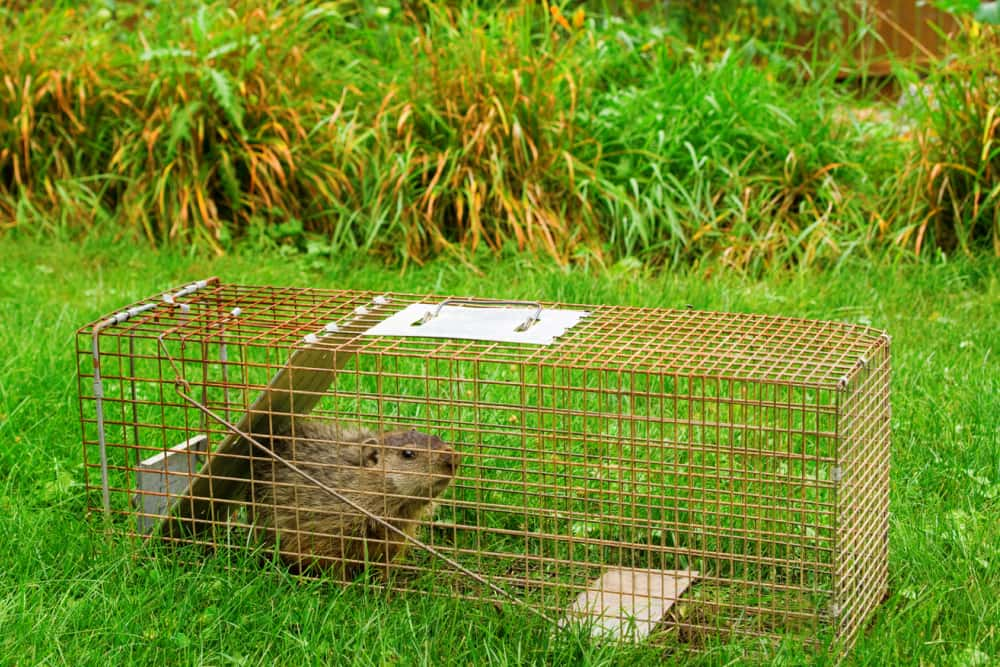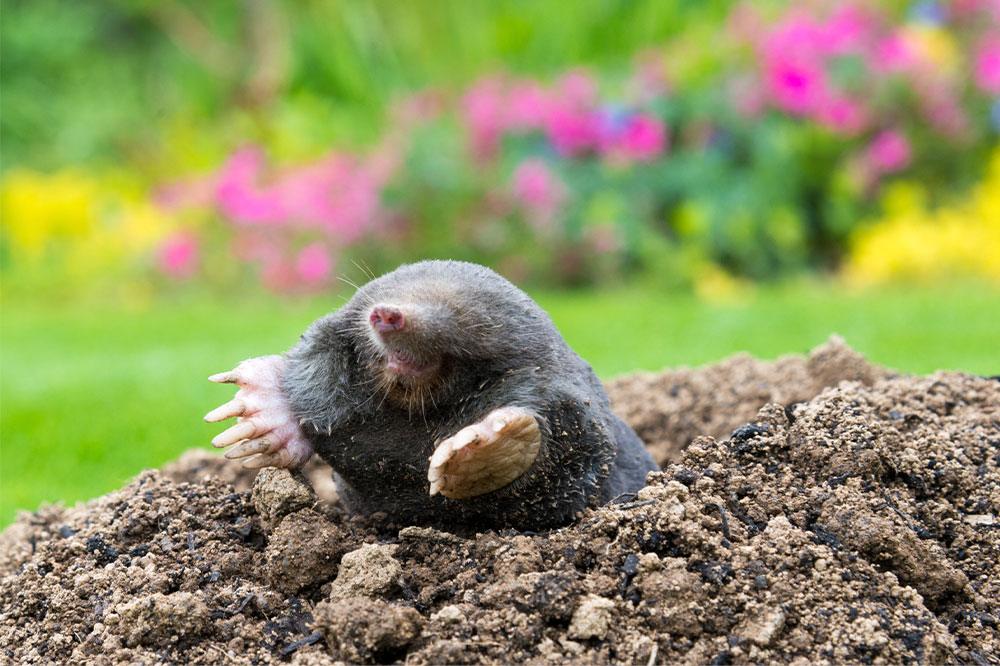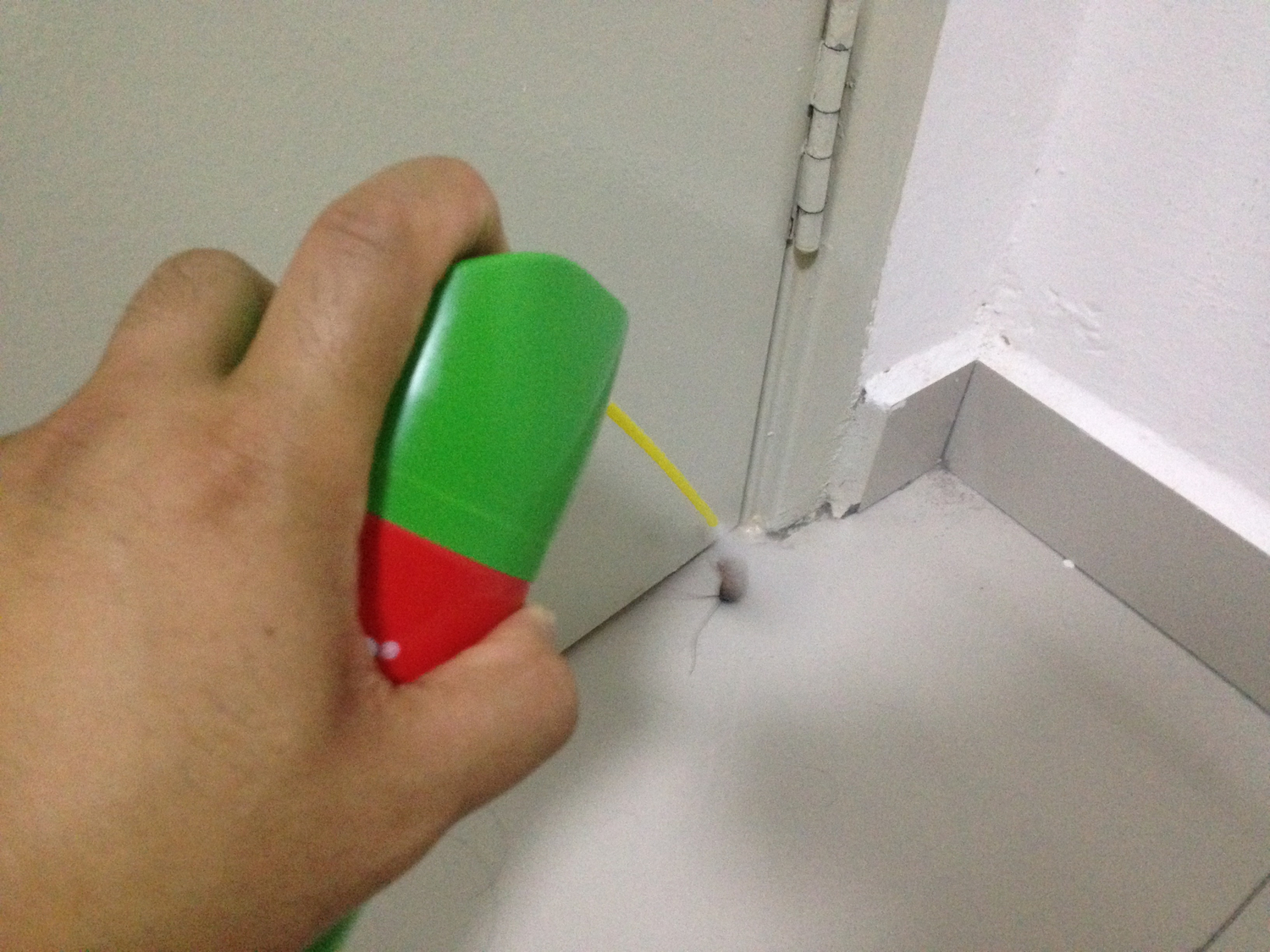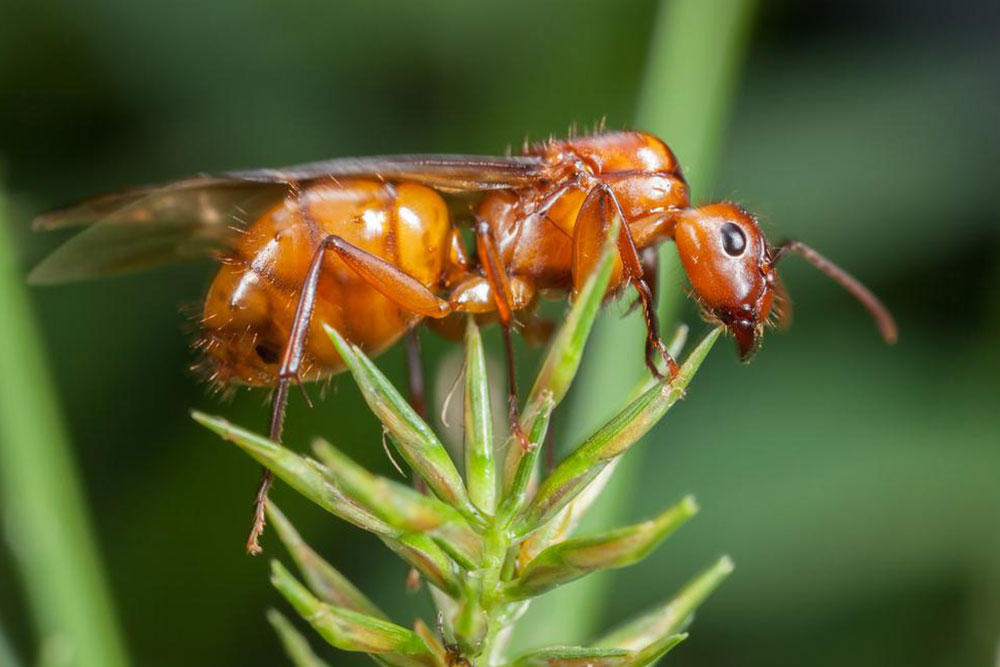Proven Strategies to Remove Groundhogs Effectively
Discover effective natural and physical methods to eliminate groundhogs from your property. From deterrent devices and visual distractions to trapping and fencing, learn how to protect your yard and prevent structural damage caused by these burrowing rodents. Safe and environmentally friendly solutions are emphasized for pest control, ensuring the safety of pets and property.

Proven Strategies to Remove Groundhogs Effectively
Groundhogs belong to the squirrel family, but are larger species sharing many traits. They are herbivores feeding on grasses, fruits, vegetables, and bark. Their complex burrow systems can reach five feet underground with multiple entrances. These animals are common in both urban and rural settings. In cities, their digging habits often damage lawns, gardens, flowerbeds, and yards while searching for food.
Potential Damage from Groundhogs
While often seen as harmless creatures digging in soil, groundhogs can inflict significant damage. Their burrowing can undermine foundations, cause drainage problems, and break electrical or irrigation systems with their sharp teeth. The extensive tunnel network can lead to soil erosion, cracks in walls, uneven floors, and pose risks to pets and livestock. Prompt control measures are vital to prevent costly property damage.
Methods to Deter and Remove Groundhogs
If increased moisture or unusual floor humidity suggests groundhog activity, removing them is crucial for property safety. Chemical repellents are often illegal or ineffective, and permits may be required depending on local laws. Natural methods provide safe and effective solutions for groundhog removal.
Use Vibrations to Scare Away Groundhogs
Groundhogs are wary of unfamiliar sounds and vibrations. Ultrasonic devices emitting high-frequency sounds or motion-activated deterrents can make the environment unpleasant for them, encouraging them to leave the area.
Confuse with Visual and Audio Distractions
Place colorful balloons near burrows or gardens
Set up spinning pinwheels in the yard
Attach lightweight bouncing balls to ropes driven by wind
Hang shiny objects or old CDs as reflective banners
Use wind chimes or hanging bells to create noise
Arrange scrap metals that clang when touched
Apply Spicy and Aromatic Repellents
Groundhogs dislike strong scents like garlic, pepper, or talcum powder. Sprinkling these around gardens and house perimeters can help keep them away.
Natural Repellent Substances
Epsom salts: Spread around plants; the strong smell deters groundhogs.
Ammonia solution: Mix two cups of ammonia with water and pour into burrows to repel them.
Mothballs: Crush and sprinkle near entrances; the pungent odor discourages their presence.
Live Trapping and Relocation
Use bait such as carrots, watermelon, tomatoes, or apples within live traps positioned near burrows. Once caught, take care during release to prevent aggression and ensure they are moved away from residential areas.
Build a Protective Fence
Construct a three-foot-high fence from posts and wire mesh. To prevent tunneling, extend the fence at least 12 inches underground and fill with soil, thwarting digging attempts underneath.










